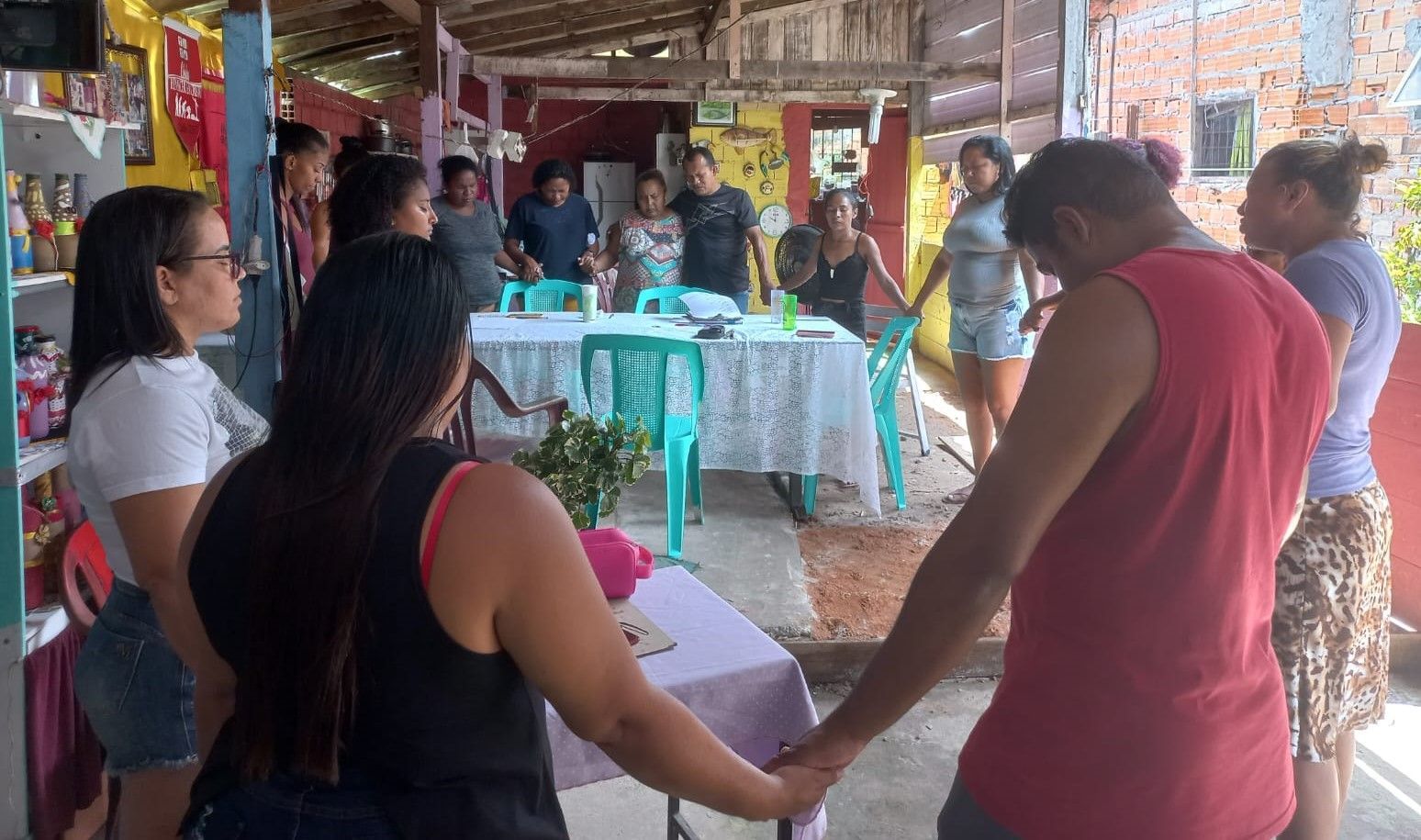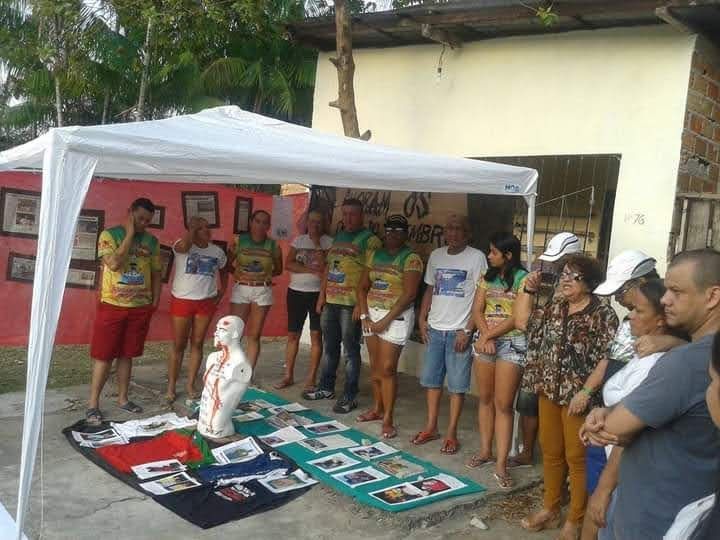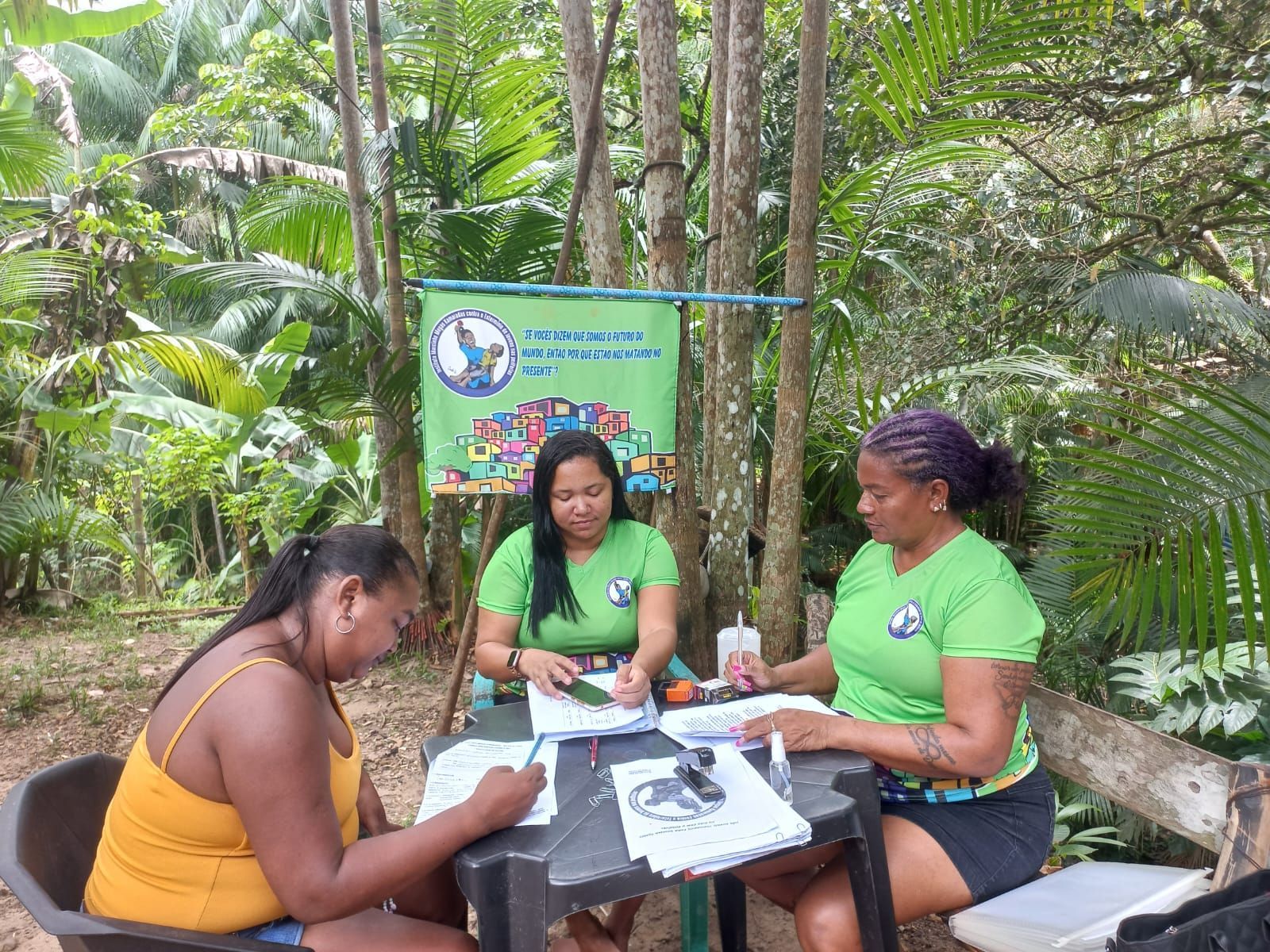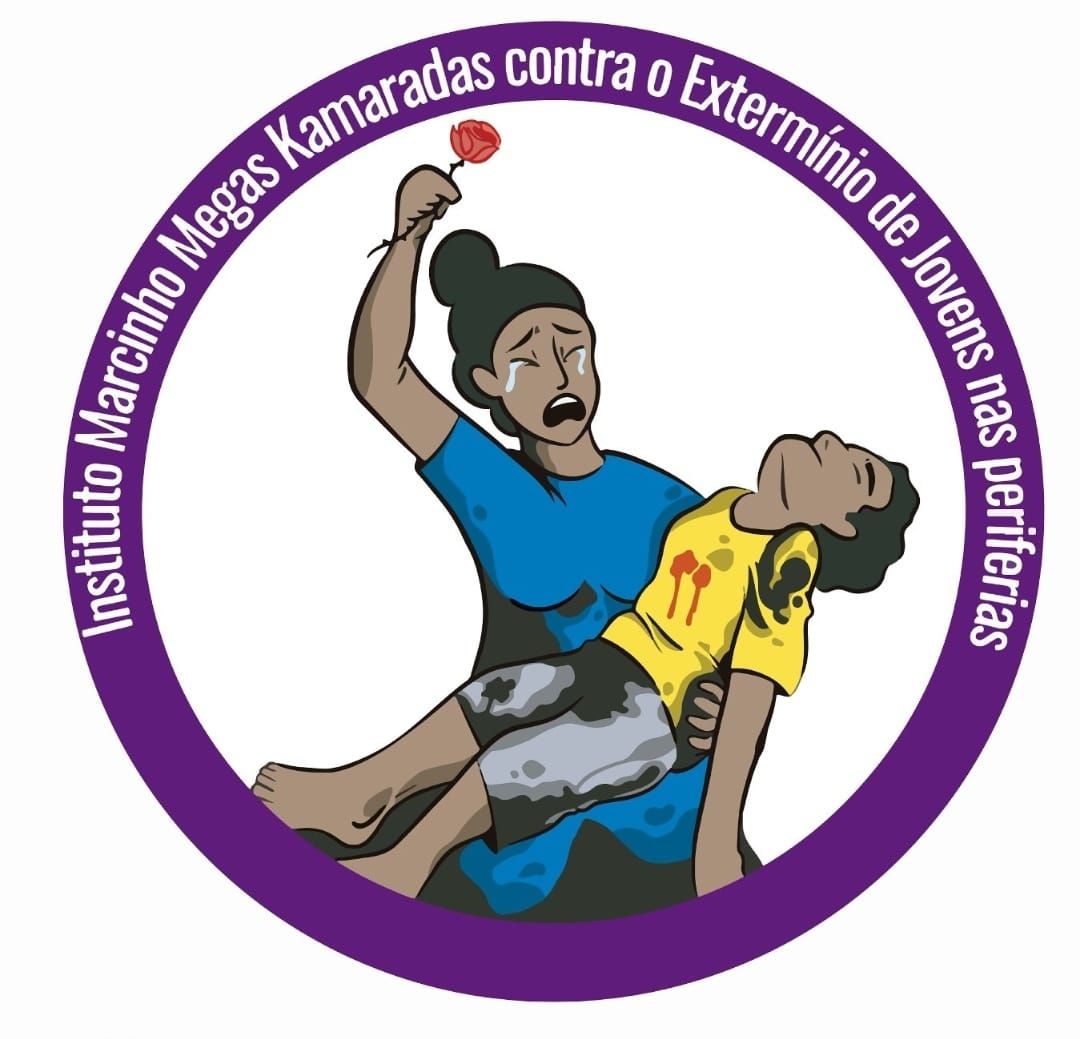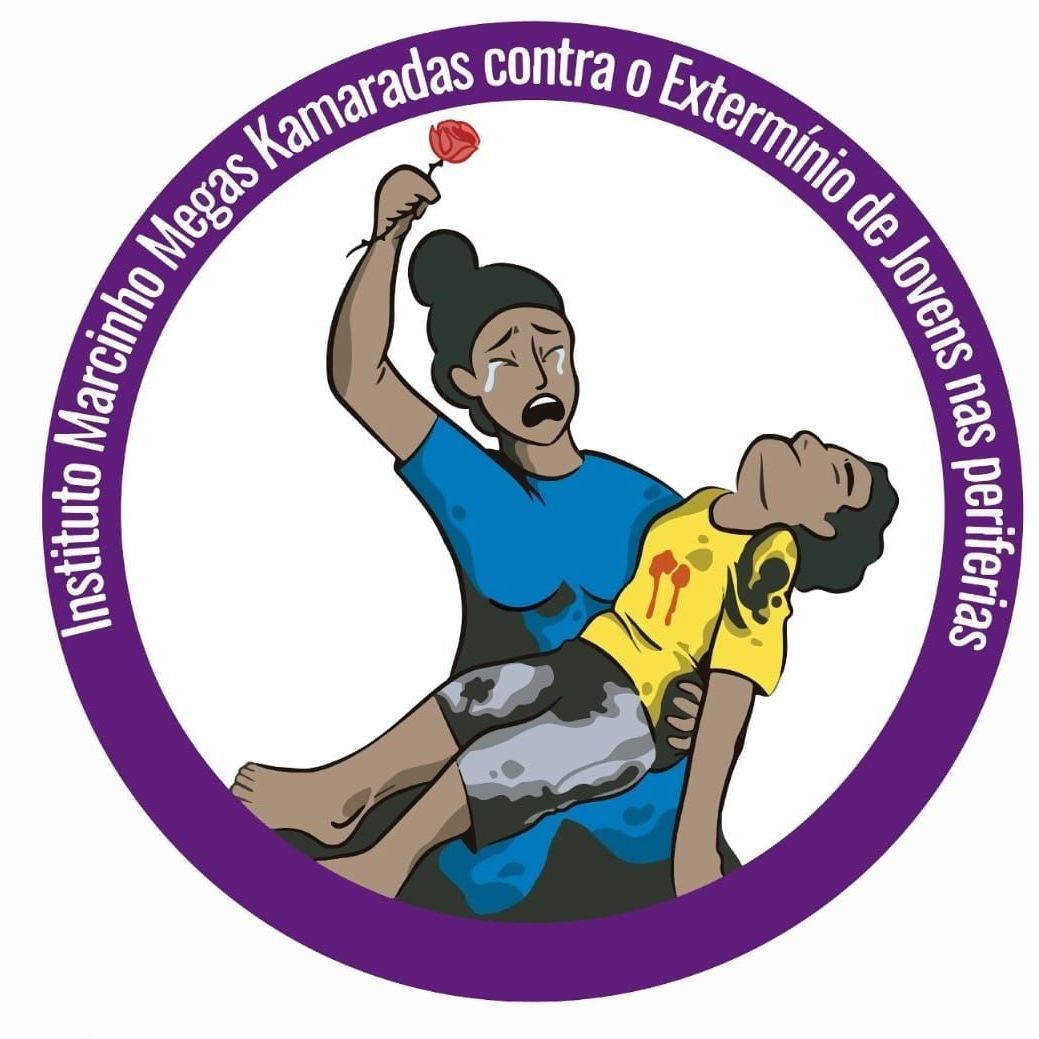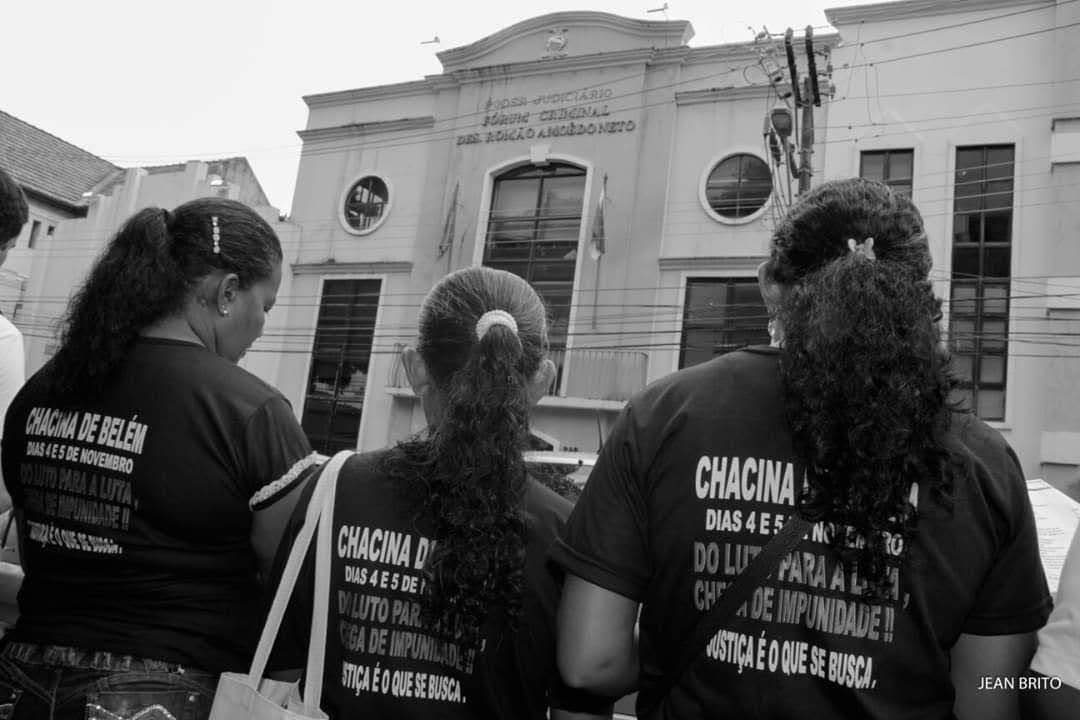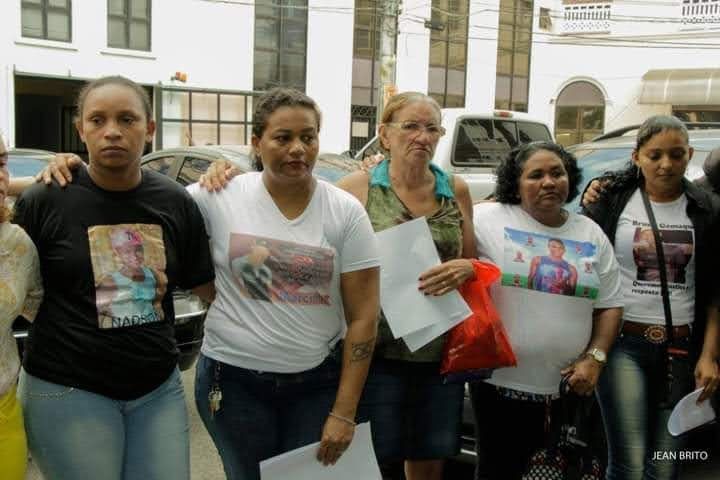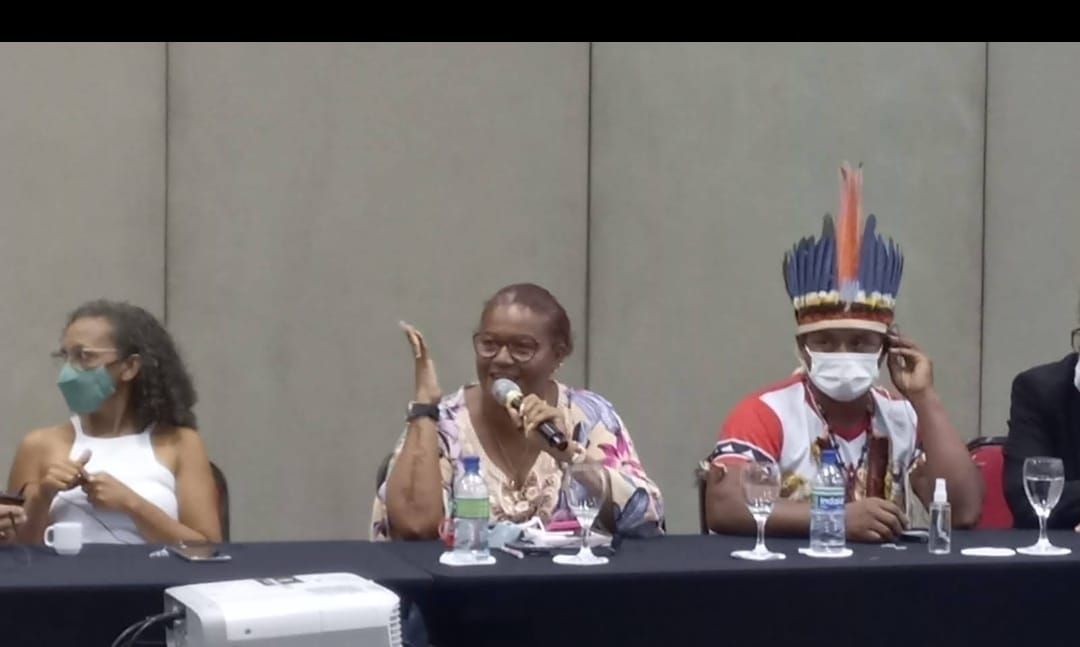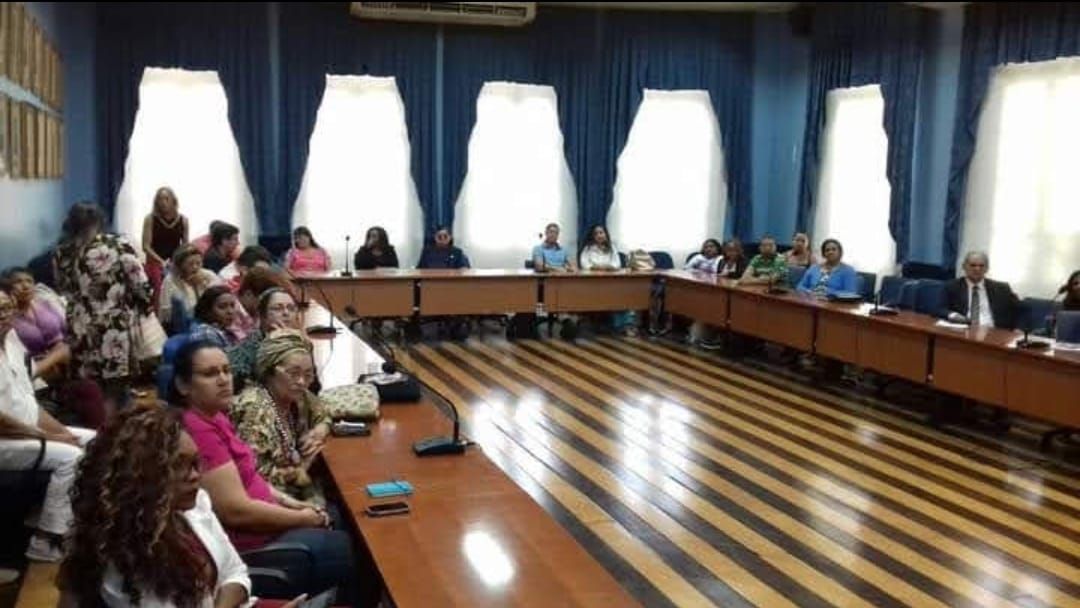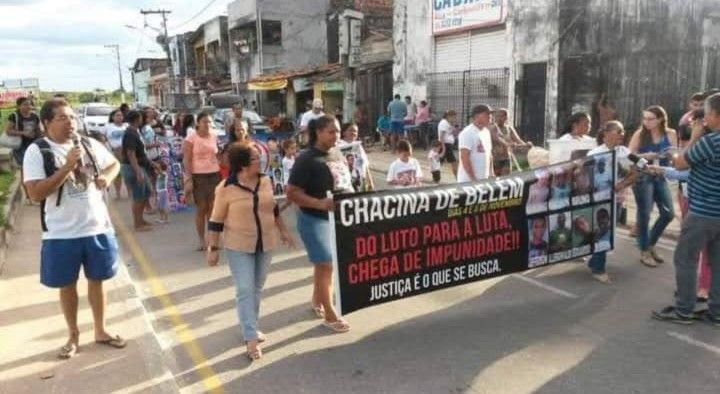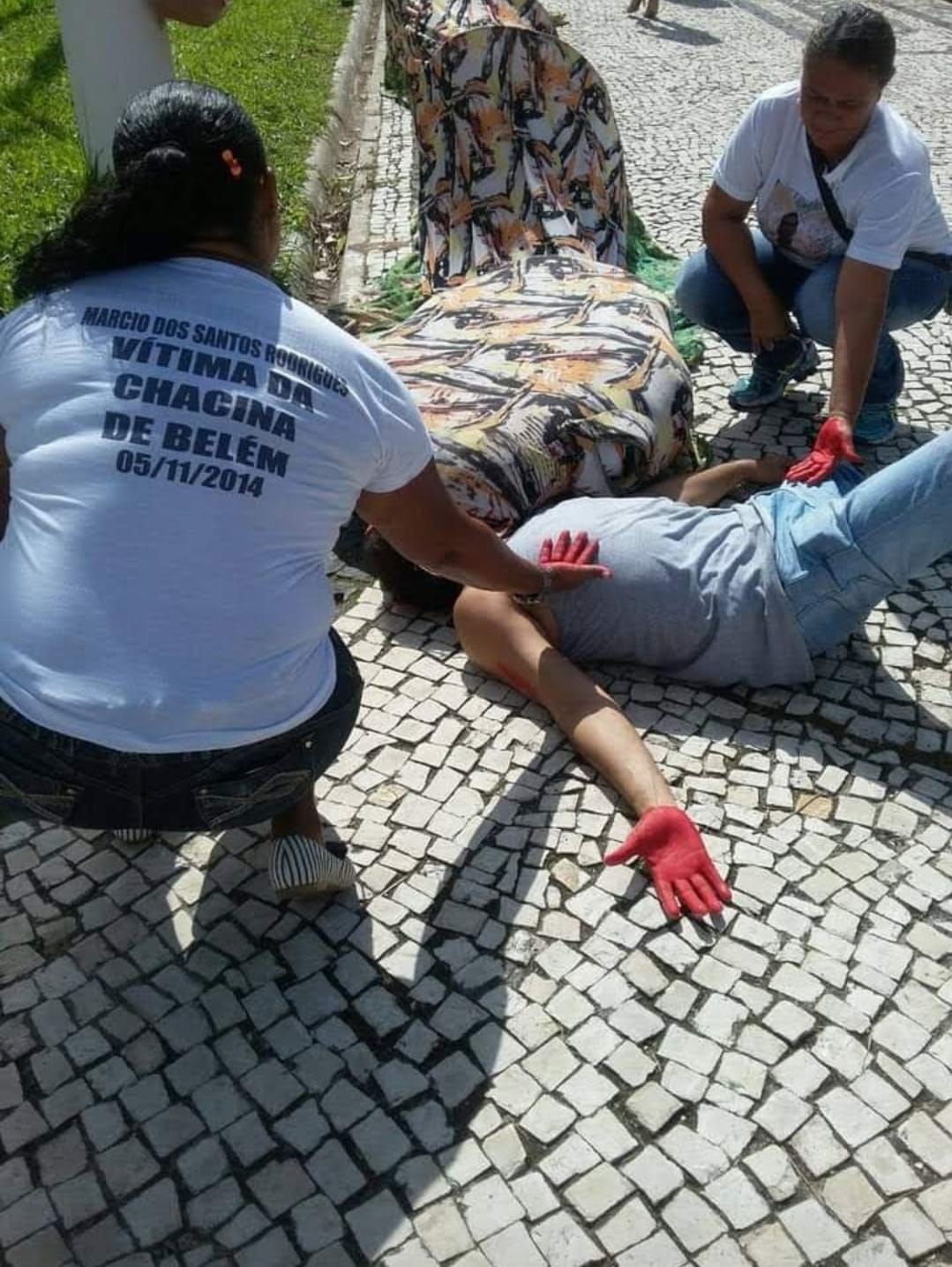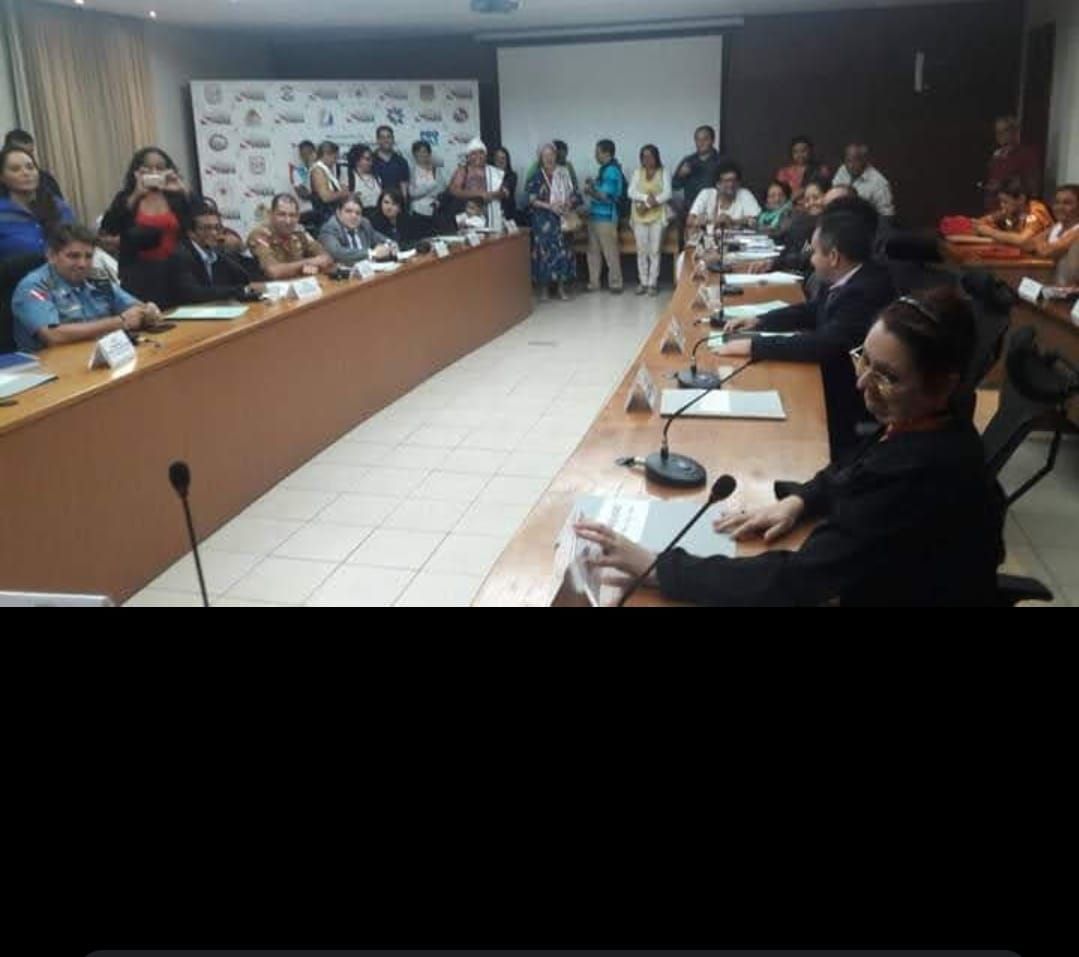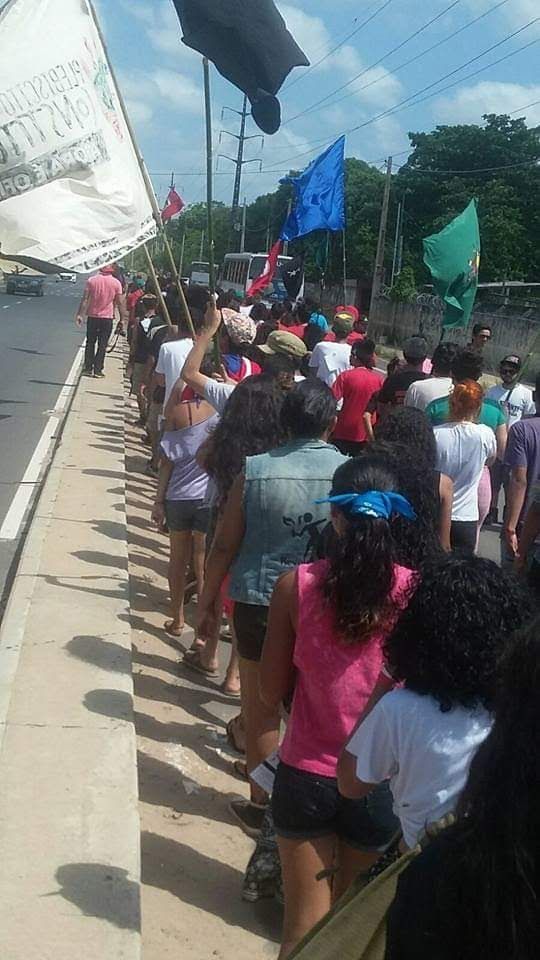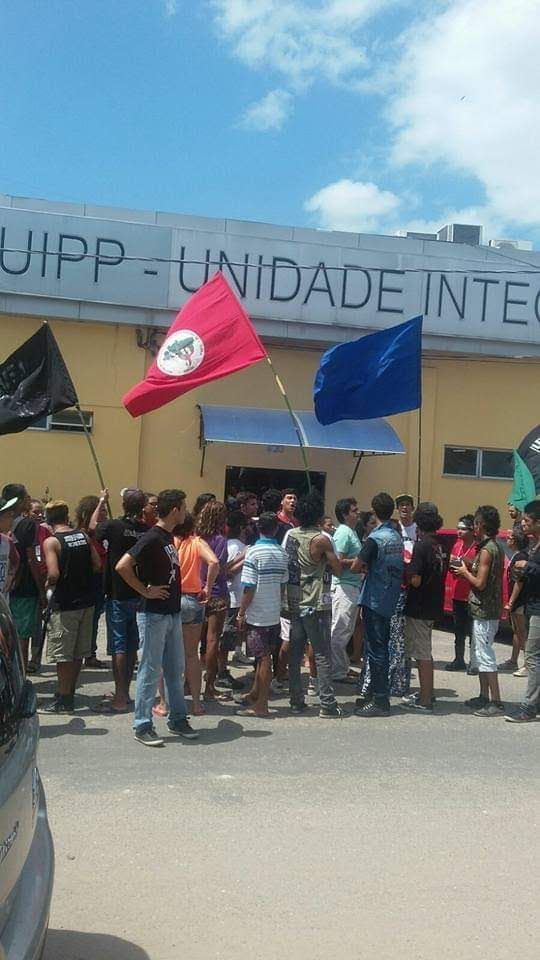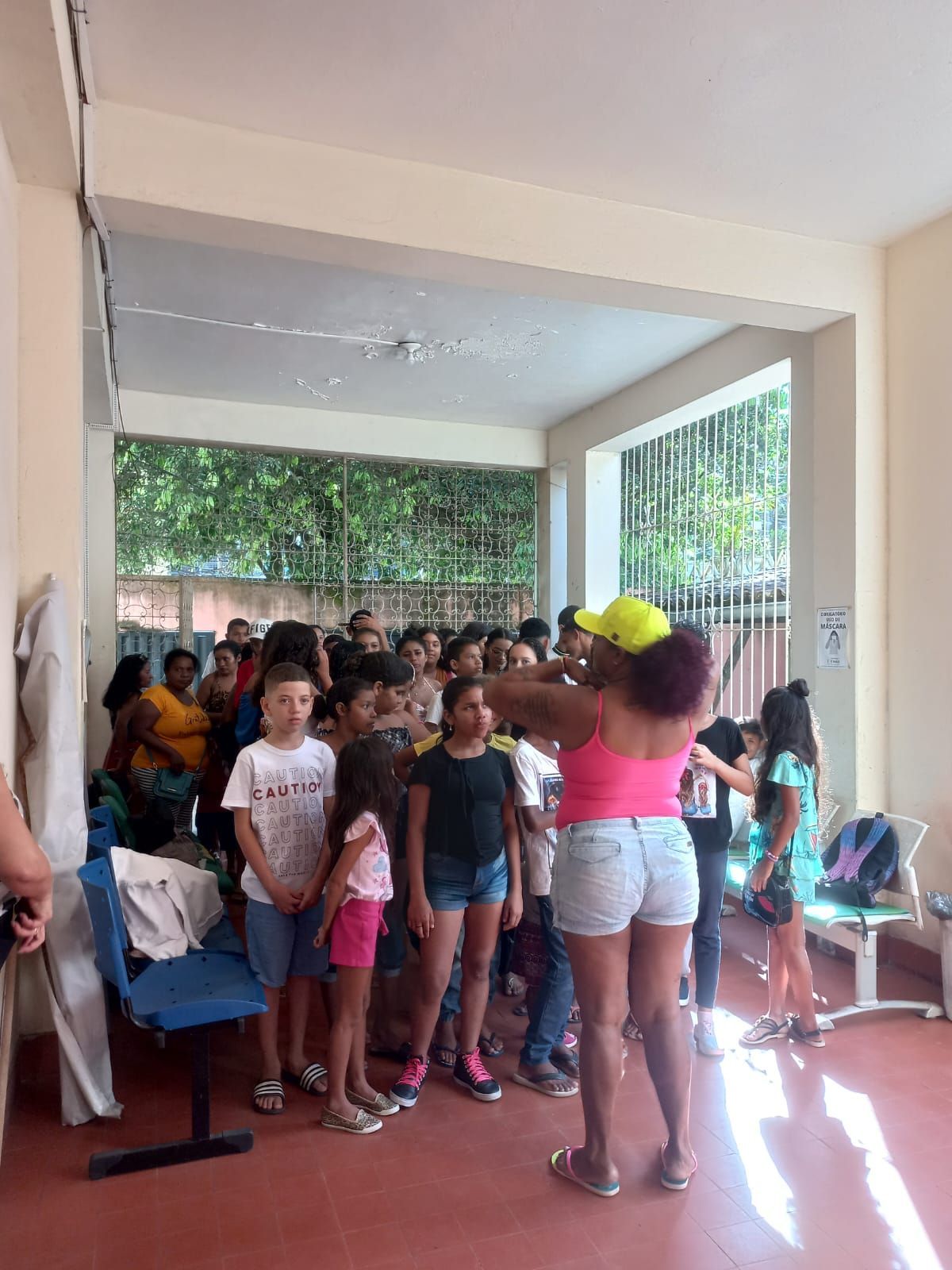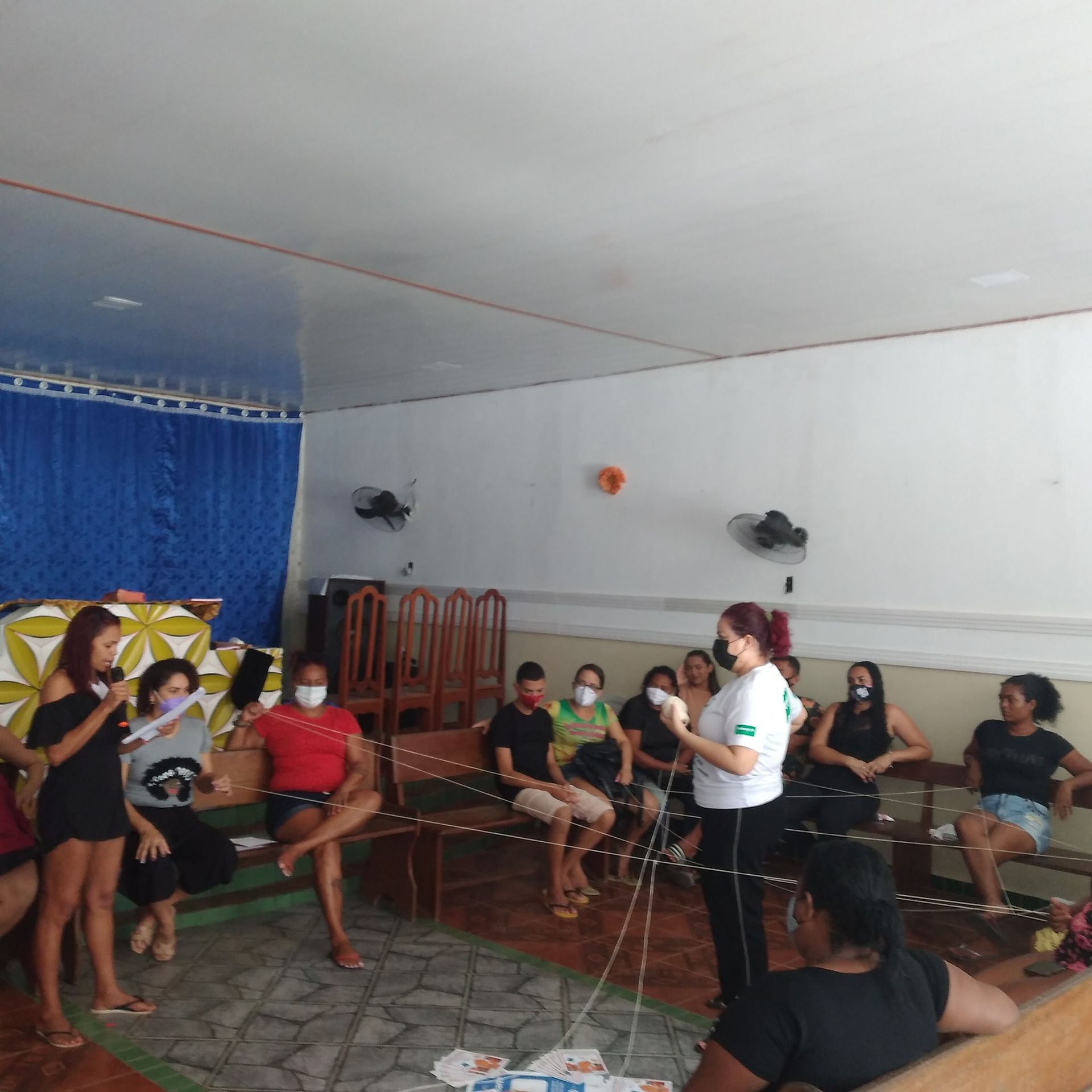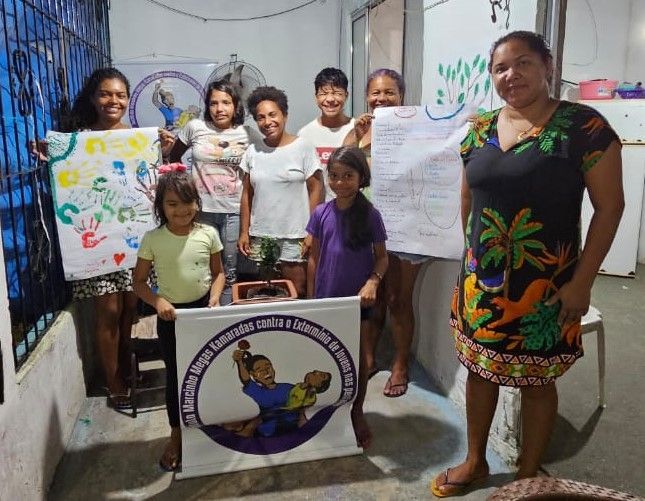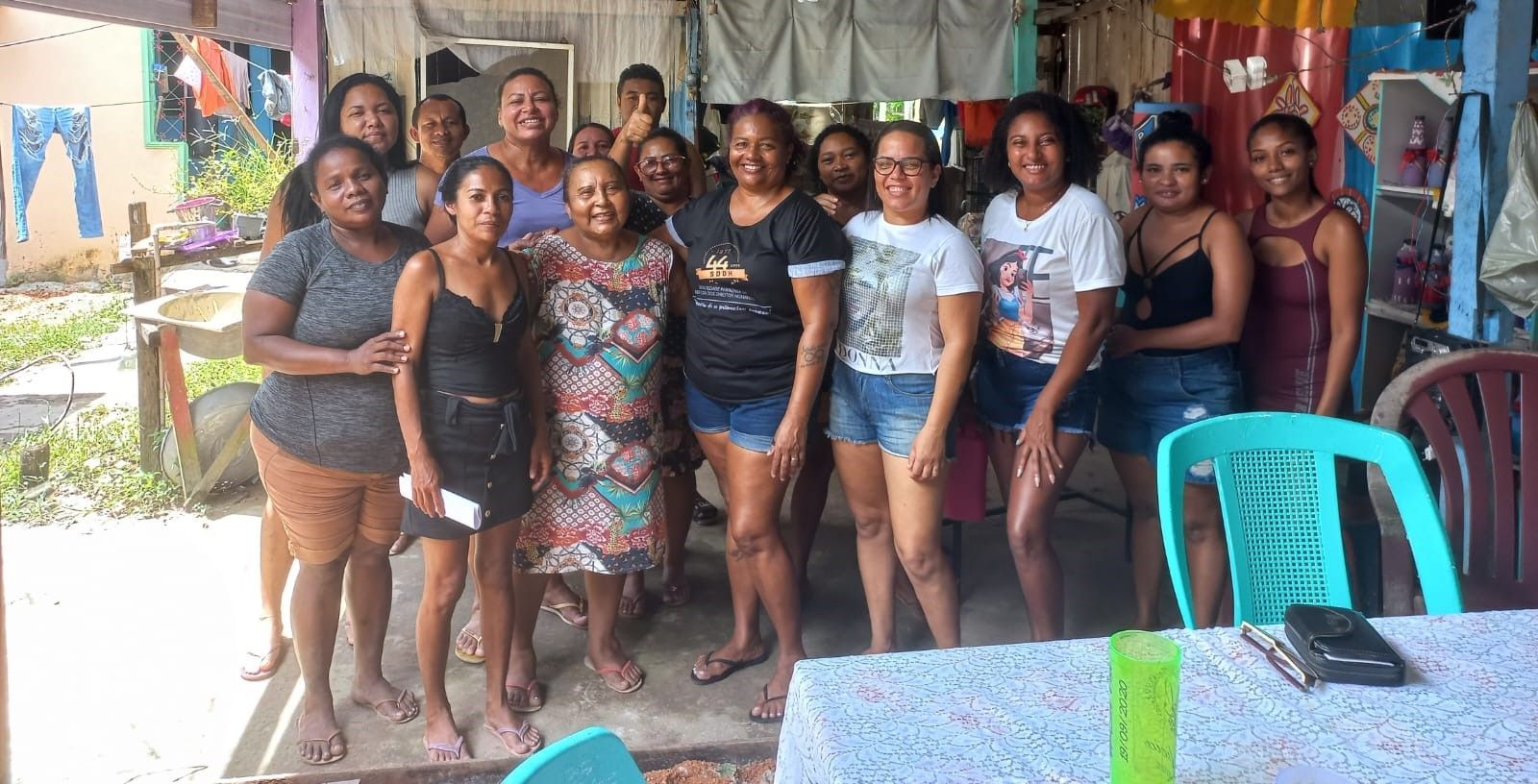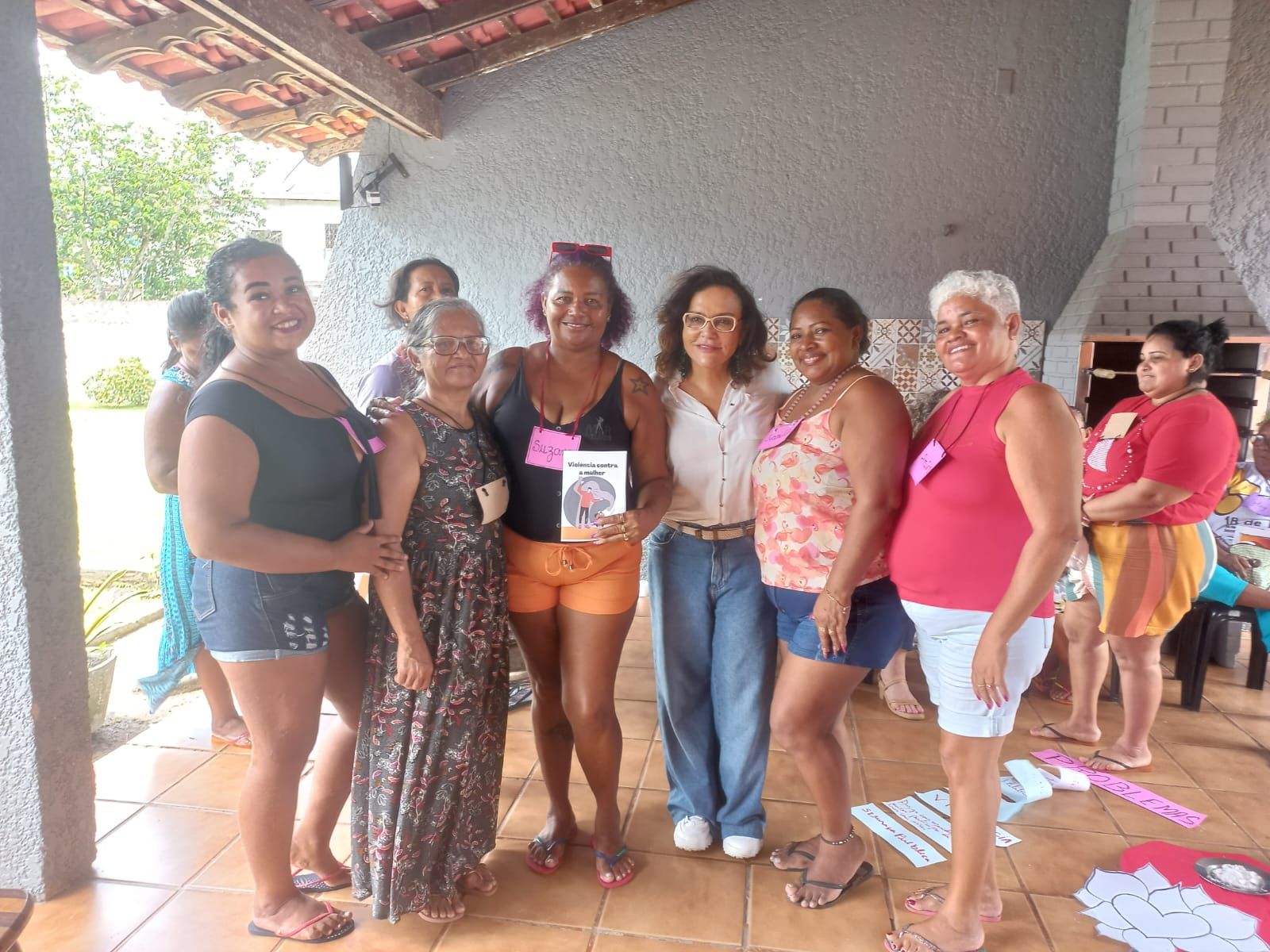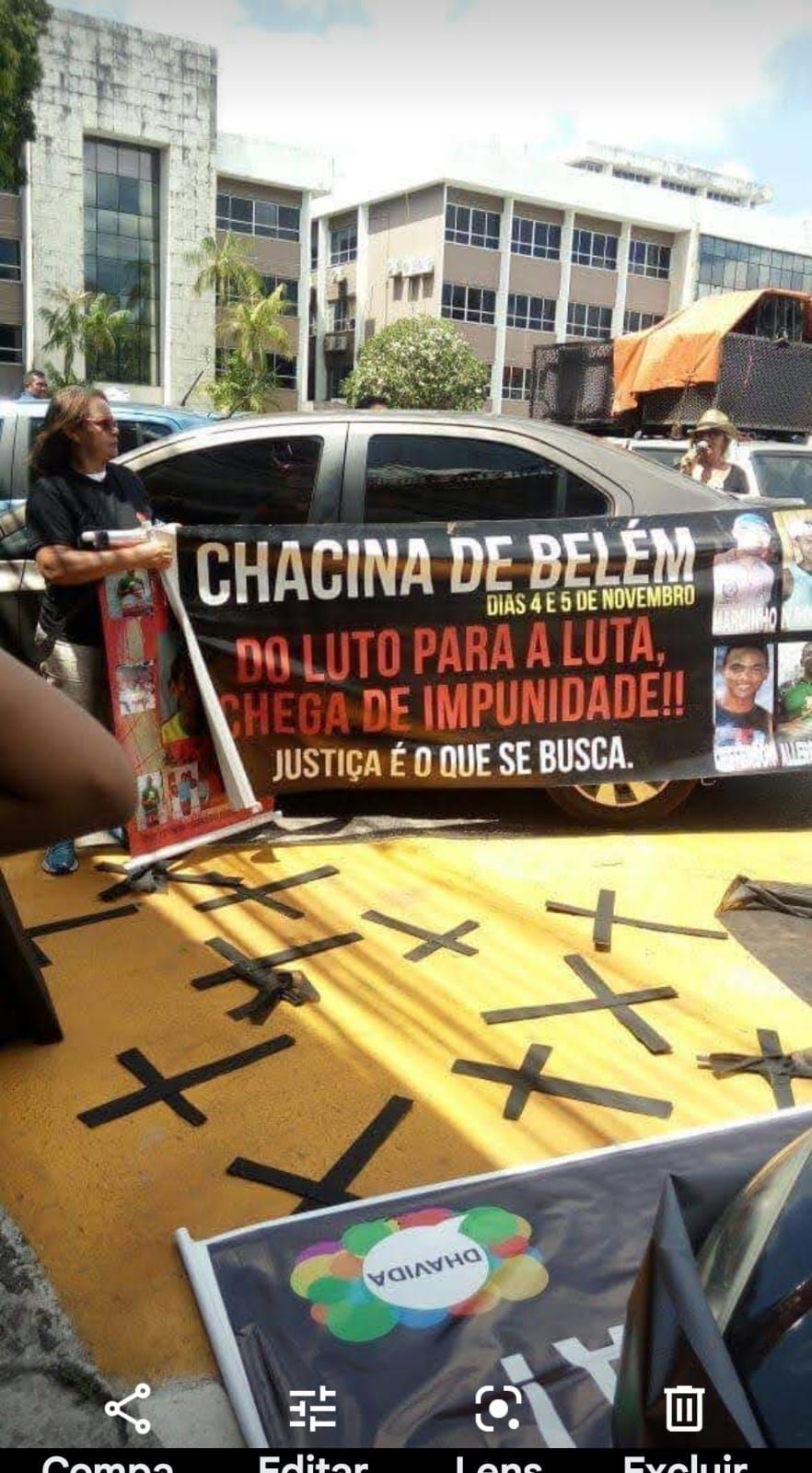Our story against the Extermination of Young People
Cultural community work was abruptly interrupted by the tragedy of the murder of Marcinho Pitbull, the leader of the Megas Kamaradas movement.
It was discovered through the state Human Rights Committee and the CPI of the Legislative Assembly of the State of Pará that Marcinho had been a victim of extermination groups operating in Greater Belém.
This led to the mobilization of women, mothers of victims of lethal violence, in search of justice and peace in the outskirts. This movement strengthened the Marcinho Institute in its mission to protect people at risk, making it a reference for families on the outskirts who are victims of violence.
The Marcinho Institute, as a social movement, gained strength and voice through partners, volunteers and communities in municipalities in Pará.
Currently, it promotes prevention and protection against the Extermination of Young People in the Peripheries and violence through popular education, decriminalization of the culture of the peripheries, socio-emotional and legal support to guarantee the human rights of children, adolescents, young people and their families exposed to threat or confirmed victims of lethal violence.
New Paragraph
The History of the logo
Our logo is the image of a photograph of one of the mothers of the victims of the Belém massacre in 2014, a 16-year-old teenager. This mother, upon seeing her son executed with 10 shots, calmed her body, and gathered the teenager's brain mass, lifting it, asking God why there was so much violence.
The logo was created by art educator Santa Fé, who replaced the raised hand with a carnation, a flower that represented the hope of justice and peace in the outskirts.
The victims became known as the Blackheads of November 2014.
Mobilization
From 2014 to 2019, family, friends and Megas Kamaradas were left with the question: “Who killed Marcinho?” This question still has no answer. The tireless search for justice began through his family, his biological mother Suzana Amaral.
It was discovered that Marcinho had not only experienced lethal violence, but there were 9 other victims of homicide by firearm, all teenage men and young people between 16 and 22 years old. This mobilized 10 women, mothers of these ten victims, in search of answers.
At the time, government bodies and Civil Society Organizations mobilized and it was understood that the 10 homicides that occurred between the night of November 4th and the morning of November 5th constituted a massacre carried out by extermination groups in Greater Belém. The Ombudsman's Office State of Public Security of Pará, the Public Ministry of the State of Pará and the Legislative Assembly of the State of Pará (ALEPA) monitored the cases through judicial processes and the parliamentary commission of inquiry (CPI) that investigated the activities of extermination groups
WORKING TOGETHER WITH PARTNERS
We work with civil society and state bodies in search of legal accountability for those responsible!
01
Meetings
We held numerous meetings where all the mothers of the victims were demanding justice from the competent bodies.
02
Mobilizations
Social movements in Pará came together to support the cause of combating lethality in the outskirts by extermination groups.
03
Circles of conversation
Actions with meetings and conversation circles to strengthen the support network for women, mothers of victims of lethal violence by extermination groups.
04
Political influence
The collective's participation in public hearings, state and municipal public safety councils, as well as events on the topic.
Recognition in the State of Pará in the Defense of Human Rights
The struggle for justice and resistance of the Marcinho Institute obtained recognition through the award of the female leadership of Suzana Amaral as a defender of human rights in the State of Pará by the Legislative Assembly of the State of Pará, awarding her with the Paulo Frota Medal in 2015, by the Society Pará for the Defense of Human Rights (SDDH) in 2016 and by the Republic of Emmaus Movement through the Center for the Defense of Children and Adolescents in 2017.
